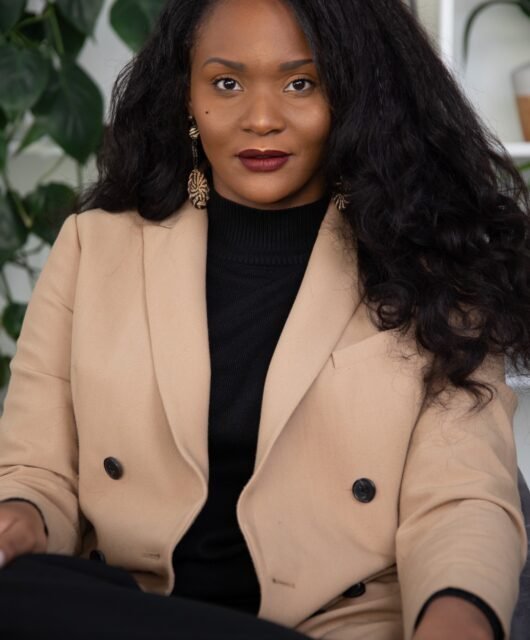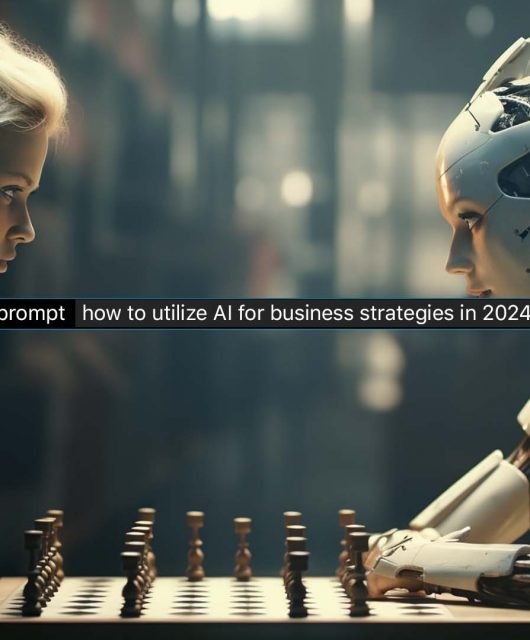Top 5 Digital Predictions – 2023, By Wavemaker’s Denit Varghese
- Attention will be the golden standard for measurement:
The abundance of new and emerging social channels and devices has made it increasingly important to understand what people are paying attention to, be it ads or content.
In recent years, platforms like TikTok and YouTube have optimized their algorithms by showing users personalized video feeds based on their interests to improve their experience, keep them engaged longer, and make them return more often.
As brands look beyond metrics of reach and viewability, Attention will set a golden standard in measuring ad efficacy. It will help brands understand if they really stand out of the clutter or are just being the part of it. Attention will be the foundation of building brands through a performance mindset in 2023.

- Moving from Ecom -> Social commerce -> Metaverse commerce:
Just the experience of being in a physical location leads most customers to make purchases far beyond their shopping lists. That’s the reason why brands spend millions of dollars on physical retail locations because they feel confident, they can elevate and capitalize on the on-site shopping experience and the impulse purchase that happens in the physical store.
The dawn of the internet introduced new marketplaces for exchanges starting with social media apps and eCommerce. In the dawn of the metaverse and the coming era of web3, commerce will evolve and with this evolution, new models will emerge.
According to a recent business blog, “brands that do want to spend some of their marketing dollars on Metaverse tech should look for things that already work and then figure out how to make them even better with immersive tech.” Moreover, brands should start this process as soon as possible since the “new” costumer is already there.

- Rise of ad-based v/s subscription based will open new avenues for advertisers:
Netflix was the first of its kind, paving the way to an ad-free, on-demand television empire, others (Amazon Prime, Hulu etc.) quickly followed in the same footsteps
For over a decade these subscription-based services have been consistently bagging more subscribers each quarter. However, with the pandemic and a general inflation on rise these giants have started recording massive subscriber loss in over ten years. As a response to this loss, Netflix announced a new subscription model: a cheaper per-month option for those looking to spend a little less. The catch? Advertising.
The intention behind the new subscription model is to capture a new market who are not fazed by ads and wish to save some money. While Netflix is the first to adopt this, it certainly won’t be the last to sail on this boat.
This also opens new avenues for advertisers across the globe, but how useful this new model will be for brands is yet to be seen. However in 2023, ad-based model is set to trump the old subscription-based model

- In a cookieless world – It’s about zero-party as well as first-party data
As the sun finally sets on cookies (and hopefully it will in 2023), brand must build their own data empires. It’s not just first-party data requiring attention. In 2023, zero-party, or consent-based data, as an ever-critical facet of the value-based data exchange and transparency consumers demand today.
Brands are looking at new ways for their audiences to willingly share data. But understanding the importance of first-party data is only half of the equation to creating engaging customer experiences. Having a well-structured and comprehensive zero-party data collection solution in place, will help brands go a long way in bridging consumer engagement gap in a cookieless world.
When customers provide information to a company voluntarily, the relevant, qualitative, and accurate information allows for higher personalization and better customer experiences. The challenge for 2023, is that in a world of increasing privacy, it requires trust and direct access to consumers.
- New Ways to Search
74% of online shoppers consider text-based search to be ineffective while 30% of users are now using image search tools on their phones. Image search is not new yet it’s becoming an increasingly common way to search. It will be interesting to see how image SEO will evolve as current techniques involve schema markup and submitting images to sitemaps.
“Hey Siri, Alexa, Google” – it’s obvious that voice search is another trend on the rise. 71% of searchers would choose to do a voice search query over typing the text. Right now, millennials are the most prominent users. Yet older age groups are joining in by using mobile assistants, interactive speakers, and voice-activated search tools on their devices. While this trend may not seem to immediately take off in 2023 but in years to follow voice search will eventually overtake current search behaviors.






